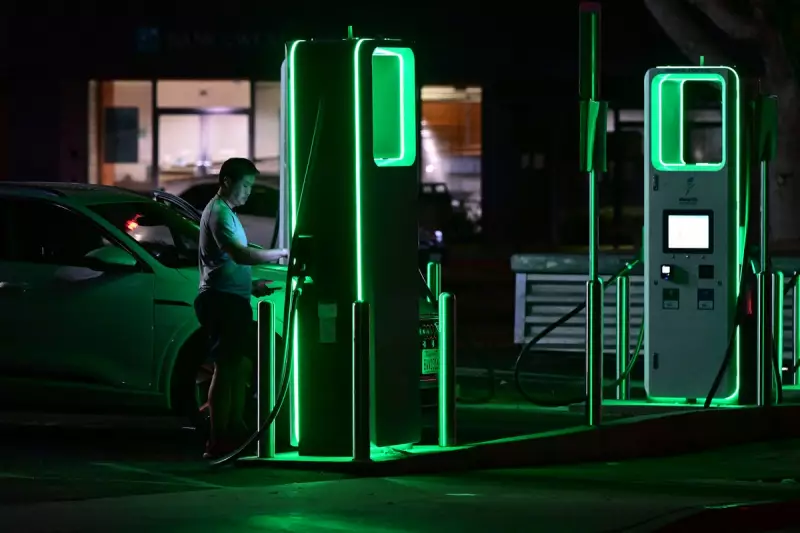
Senate Republicans in the United States have unveiled a contentious spending bill that proposes significant reductions to key energy programmes, including a steep 25 percent cut to the Department of Energy's Grid Deployment Office.
Details of the Proposed Spending Cuts
The proposed legislation, introduced on Monday, 25 November 2025, by Sen. John Kennedy, the Republican chair of the Senate Appropriations Subcommittee on Energy and Water Development, aims to reduce overall spending by 1.1 percent. This includes a 6.5 percent cut to non-defence spending and the substantial reduction to the grid office. Senator Kennedy defended the bill, labelling it "a responsible step toward cutting bloated spending while bolstering America’s defence and energy infrastructures."
However, the proposal was released without the support of the subcommittee's ranking member, Sen. Patty Murray, who expressed strong disapproval. She told Politico the effort was "partisan" and that she was "disappointed by the cuts to critical clean energy programmes." The bill must now be reconciled with a separate energy appropriations bill from the House.
Broader Context and Rising Energy Demands
These proposed cuts align with the Trump administration's broader shift away from renewable energy, evidenced by its own fiscal year 2026 budget request for a 75 percent cut to the same grid office. Earlier this year, the administration also cancelled over $2 billion in funding for the Grid Resilience and Innovation Partnership Program, which was designed to protect the electricity system against extreme weather in 25 states.
This push for reduced funding comes at a time when Americans are facing spiking household energy bills, partly due to an aging national grid where much infrastructure is between 50 and 75 years old. The Department of Energy has estimated that modernising the system could cost hundreds of billions of dollars over the next two decades.
Compounding the issue, soaring energy demands from new technologies are placing unprecedented strain on the system.
- AI data centres are consuming vast amounts of electricity.
- The rapid adoption of electric vehicles is further increasing demand.
Energy prices are consequently expected to keep rising through 2026.
Consequences for Grid Reliability and Climate Preparedness
Sen. Mike Lee, chairman of the Senate Energy and Natural Resources Committee, offered a vivid analogy at a July hearing, comparing the outdated grid to "a two-way highway that was built decades ago that's now expected to carry rush-hour traffic... every day of the year."
Investing in grid modernisation is also critical for climate resilience. Weatherising equipment could help prevent disasters like the 2021 Texas blackouts, during which numerous residents died when a winter storm overwhelmed the state's power system.
Politically, these energy funding cuts could pose a risk for Republicans in the 2026 midterm elections. Recent off-year elections have shown voters are deeply concerned about affordability, an issue with which the party has recently struggled.





